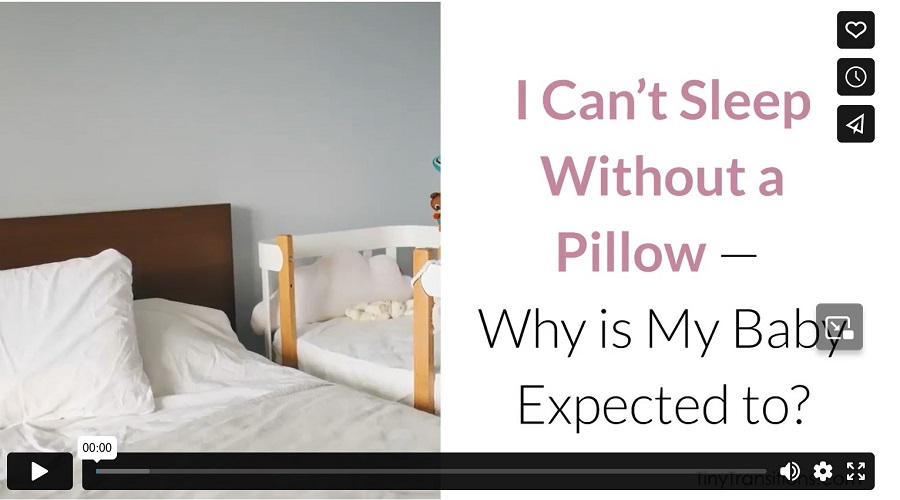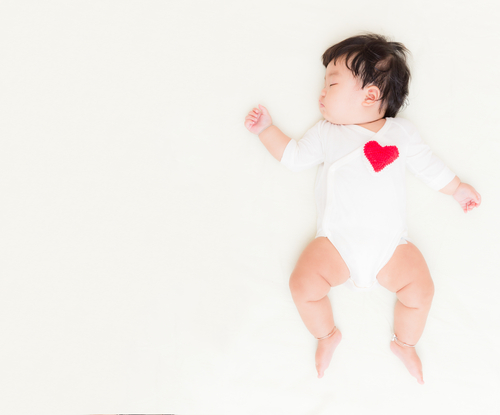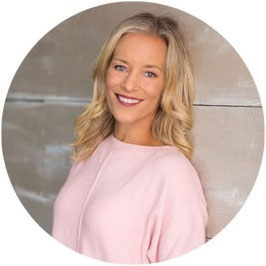Pregnancy has a way of making pillows multiply. As your due date approached, your pillows probably seemed to multiply like rabbits. A pillow for your ankles, knees, hips, belly, neck, head, and one to keep you from rolling onto your back. No throw pillow is too insignificant – just wedge that puppy in there!
Pillows make sleeping more comfortable, so you might have found yourself wondering why babies and toddlers aren’t supposed to have them in their beds. It wasn’t that long ago that color-coordinated stuffed animals, crib bumpers, and blankets were all the rage. Now specialists emphasize that a crib mattress needs to be firm, flat, and clear of all items other than a snugly fitted sheet. So what happened?
The American Academy of Pediatrics is one of the leading authorities in safe sleep for children. They have a whole list of recommendations for best sleep practices, but the main points regarding bedding include:
“Soft objects such as pillows and pillow-like toys, quilts, comforters, sheepskins, and loose bedding can obstruct an infant’s nose and mouth.
Bumper pads or similar products that attach to crib slats or sides are not recommended for infants.
A large percentage of infants who die of SIDS are found with their heads covered by bedding. Therefore, no pillows, sheets, blankets, or any other items that could obstruct infant breathing or cause overheating should be in the bed.”
Sudden Infant Death Syndrome (SIDS) is any parent’s worst nightmare, yet there isn’t much scientists know definitively about it. According to the Mayo Clinic, some SIDS risk factors include:
- Poor prenatal care
- Smoking in the home
- Underdeveloped brain
- Overheating while sleeping
- Recent respiratory illness
- Bed-sharing
- Gender, age, race
- Family history
- Sleeping on side or stomach
- Soft bedding
While any one of these factors could contribute to SIDS, note the above finding about the “large percentage of infants” who die of SIDS being found with something covering their heads in their crib. SIDS is not 100% preventable even with the best care, but there are ways to keep your baby’s sleep as safe as possible.
One of those things is to keep your baby’s bed flat and clear of all bedding – including pillows.
If you think about it, adults use pillows because our bodies have tall shoulders that make sleeping on our sides and back uncomfortable. That and the fact that we are older and our bodies get crabby when we lay on flat surfaces for a long time.
Baby bodies, on the other hand, are tiny, new, and soft. Their shoulders are literally inches long, and they don’t get stiff necks and cranky backs if they sleep without a pillow. Basically, they don’t know what they’re missing, and they honestly don’t care. All they know is that they need to sleep, eat, and poop, and you better be there to support them each step of the way.
So when can you introduce a pillow?
The general guideline for introducing a pillow to your baby is after they are a year old – preferably much later. Babies shouldn’t have any kind of bedding or soft toys in their beds for the first year of life, but after that, it’s up to your discretion.
If you’re stuck on the fact that your baby needs a pillow, pay attention to how he or she sleeps. Once your little one rolls over, that’s all they do all night long. Little Suzie’s head might have started at the top of the bed, but by the morning, her feet are where her face was. That kind of nighttime movement doesn’t slow down until well into the toddler years, so there’s really no point putting in a pillow.
A good rule of thumb brought to you by our infant sleep coaches at Tiny Transitions is to introduce a pillow when your baby is about three years old or starts asking for a pillow. By that point, they may toss and turn at night, but it’s not usually the same kind of bed-flipping shenanigans that younger toddlers get up to.
If you do put a pillow in your young toddler’s bed, make it a small pillow that either doesn’t have a pillowcase, or the pillowcase has a zipper or snaps that make it hard to remove. You don’t want the pillowcase accidentally slipping off during the night and getting tangled around your child’s face.
It’s true that matching pillows, duvets, and sheet sets are adorable, but they are not the safest thing for your baby. Your baby needs a firm, flat mattress that is completely clear of all other bedding. Once your child is a little older, you can introduce a matching bed set, but until your baby is well into her toddler years, keep the bumpers and excess bedding at bay.
Video



